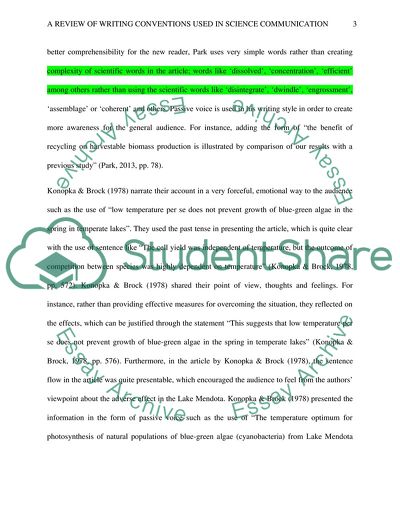Cite this document
(A review of writing conventions used in science communication Coursework, n.d.)
A review of writing conventions used in science communication Coursework. https://studentshare.org/english/1837582-a-review-of-writing-conventions-used-in-science-communication
A review of writing conventions used in science communication Coursework. https://studentshare.org/english/1837582-a-review-of-writing-conventions-used-in-science-communication
(A Review of Writing Conventions Used in Science Communication Coursework)
A Review of Writing Conventions Used in Science Communication Coursework. https://studentshare.org/english/1837582-a-review-of-writing-conventions-used-in-science-communication.
A Review of Writing Conventions Used in Science Communication Coursework. https://studentshare.org/english/1837582-a-review-of-writing-conventions-used-in-science-communication.
“A Review of Writing Conventions Used in Science Communication Coursework”. https://studentshare.org/english/1837582-a-review-of-writing-conventions-used-in-science-communication.


